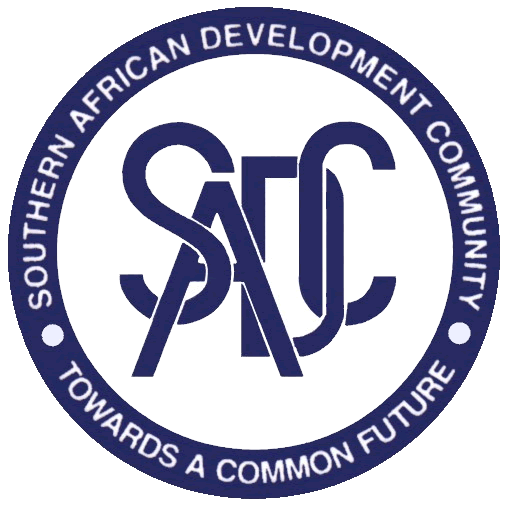Focal point
Location
The Southern African Development Community (SADC) was established as a development coordinating conference (SADCC) in 1980 and transformed into a development community in 1992. It is an inter-governmental organisation whose goal is to promote sustainable and equitable economic growth and socio-economic development through efficient productive systems, deeper co-operation and integration, good governance and durable peace and security among fifteen Southern African Member States.
The main objectives of Southern African Development Community (SADC) are to achieve economic development, peace and security, and growth, alleviate poverty, enhance the standard and quality of life of the peoples of Southern Africa, and support the socially disadvantaged through Regional Integration. These objectives are to be achieved through increased Regional Integration, built on democratic principles, and equitable and sustainable development.
The objectives of SADC, as stated in Article 5 of the SADC Treaty (1992) are to:
- Achieve development and economic growth, alleviate poverty, enhance the standard and quality of life of the people of Southern Africa and support the socially disadvantaged through Regional Integration;
- Evolve common political values, systems and institutions;
- Promote and defend peace and security;
- Promote self-sustaining development on the basis of collective self-reliance, and the inter-dependence of Member States;
- Achieve complementarity between national and regional strategies and programmes;
- Promote and maximise productive employment and utilisation of resources of the region;
- Achieve sustainable utilisation of natural resources and effective protection of the environment;
- Strengthen and consolidate the long-standing historical, social and cultural affinities and links among the people of the Region.
Members:
Resources
Displaying 6 - 9 of 9Guidelines for local-level integrated water resource management: based on experiences from the SADC IWRM demonstration projects in Malawi, Mozambique, Namibia, Swaziland and Zambia
Capacity Building for Lavumisa Irrigation Development Project: process documentation
Managing risk mitigating drought and improving water productivity in the water scarce Limpopo Basin: Highlights of some integrated water resources management solutions
Empowering communities to manage natural resources: case studies from Southern Africa
This report consists of a series of individual country papers prepared for a study on devolution, community empowerment and power relations in community-based natural resource management (CBNRM) in the SADC region. Case studies were undertaken during 1999 in eight southeastern/eastern African countries; Botswana, Lesotho, Malawi, Namibia, Zambia, Zimbabwe, South Africa (two separate studies) and Tanzania. These studies drew mainly on existing literature and the direct experiences of authors in CBNRM initiatives in their own countries.


